The Unseen Hand: How Atmospheric Troughs Sculpt Spain's Unpredictable Summers
Uncover the science of 'vaguadas' reshaping Spain's summer. Explore how atmospheric troughs influence regional weather and daily life.
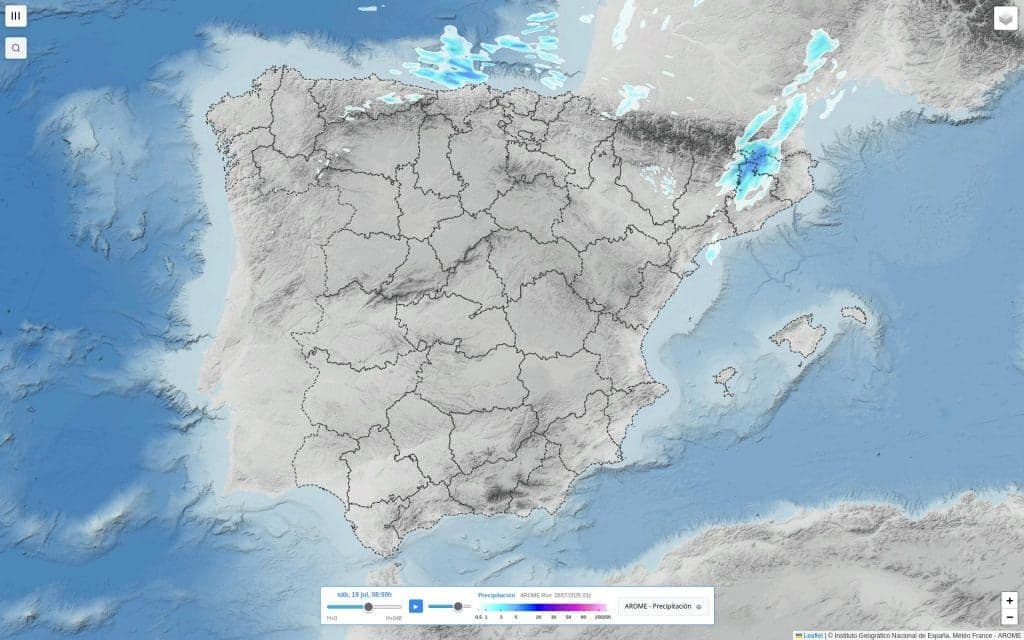
Unmasking the Vaguada: Spain's Recurring Summer Phenomenon
Spain's summers, often envisioned as a relentless stretch of sun-drenched days, frequently surprise with sudden shifts in weather. This unpredictable dance is often orchestrated by a complex meteorological player known as the 'vaguada,' or atmospheric trough. Far from a mere dip in pressure, a vaguada represents an elongated area of relatively low atmospheric pressure, bringing instability and a welcome, albeit sometimes disruptive, change to the typical summer heat. It's a recurring feature that can introduce significant variations, from gentle drizzles to powerful thunderstorms, across the .
When a vaguada sweeps across , it often brings with it a cold front. This combination can trigger widespread rain and light showers, particularly noticeable along the Atlantic façade, such as in , the , and parts of western and . But the vaguada's influence isn't uniform; its leading edge frequently sparks more localized, intense thunderstorms, especially across the eastern regions, the eastern Cantabrian strip, and the . While these summer storms might not always be severe, their very presence underscores the dynamic nature of climate, offering a temporary reprieve from high temperatures while reshaping the daily experience of the Spanish summer.
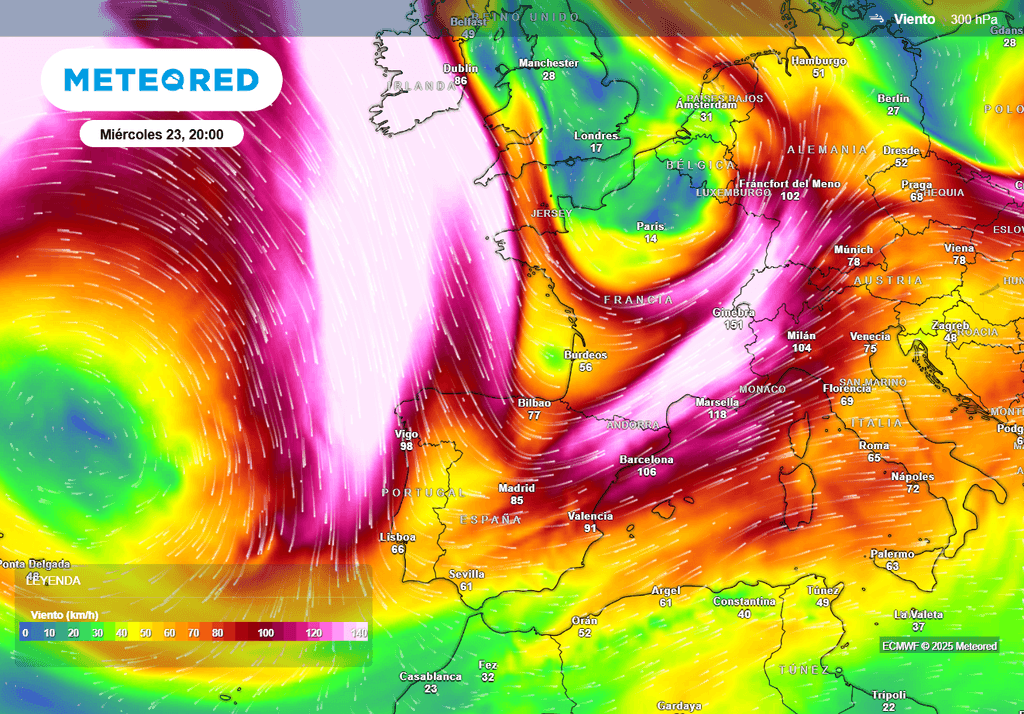
The Grand Orchestration: Polar Jet Stream, Azores High, and Trough Dynamics
Understanding the vaguada means looking beyond local conditions to the grand atmospheric orchestration at play. At its heart, the vaguada is a direct manifestation of undulations in the – a fast-flowing, narrow air current high in the atmosphere. When this powerful stream dips southwards, it creates a trough, pulling cooler air and instability into latitudes that might otherwise be dominated by high pressure.
The dance between the and the semi-permanent is particularly crucial for . The typically anchors stable, warm weather over the peninsula in summer. However, when the jet stream develops pronounced waves, or when the shifts or ascends in latitude, it opens a corridor for these troughs to penetrate. This interaction can usher in cooler, northwesterly, northerly, or northeasterly winds across much of the country, pushing temperatures below seasonal averages. As the vaguada’s axis moves across the peninsula, often from west to east or north to south, it dictates where the most significant instability will occur, sometimes reinforcing storms through the influx of moist maritime winds and leading to highly organized weather systems. This intricate interplay explains why summer weather in can swing from sweltering heat to stormy relief within days.
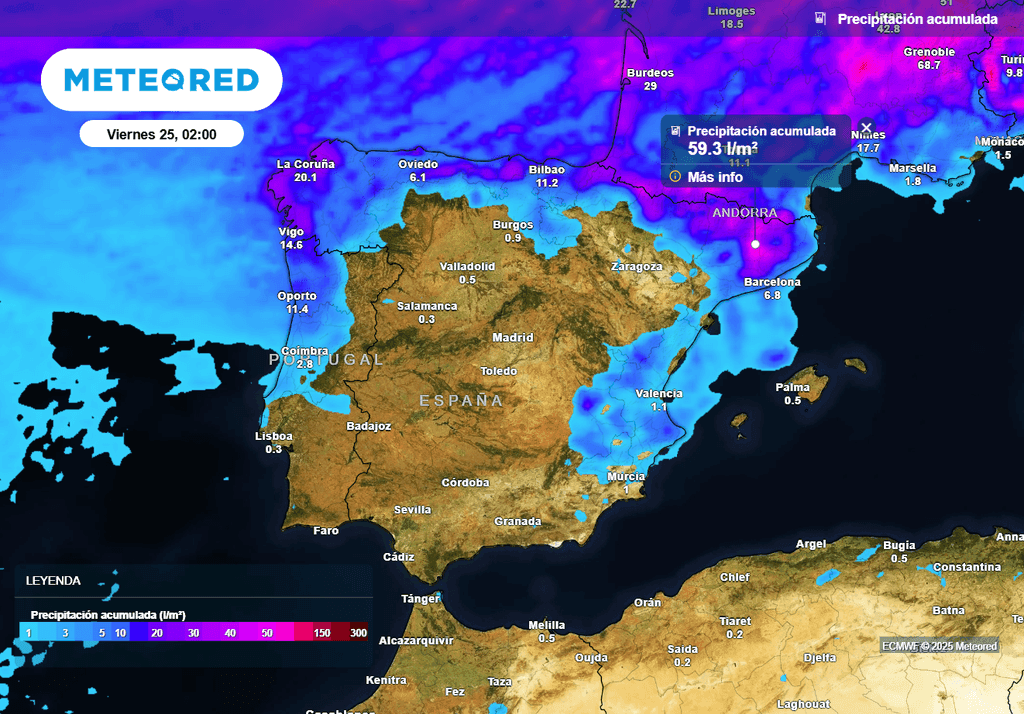
A Tale of Two Coasts: Regional Variations in Vaguada's Impact
The vaguada’s impact is far from uniform across , painting a vivid 'tale of two coasts' and myriad inland experiences. Regions along the Atlantic façade, like and the , typically bear the brunt of the vaguada’s initial arrival. Here, associated cold fronts and persistent northwesterly flows often bring prolonged periods of rain and drizzle, offering a genuine cooling effect and a significant break from the summer heat. and parts of also frequently experience these more temperate, rain-laden conditions.
In stark contrast, the and eastern parts of the peninsula often face a more dramatic scenario. As the vaguada’s axis shifts eastward, it can trigger intense, localized thunderstorms. These storms are frequently supercharged by the influx of warm, moist maritime winds from the , leading to powerful, highly organized cells. Coastal areas such as , the , and the , along with inland regions like , can see significant accumulated rainfall – sometimes exceeding 50 liters per square meter in just a few hours – accompanied by large hail and strong winds. Even and can be affected. This geographical disparity highlights how local topography, wind patterns, and the vaguada's precise trajectory conspire to create vastly different weather outcomes across .
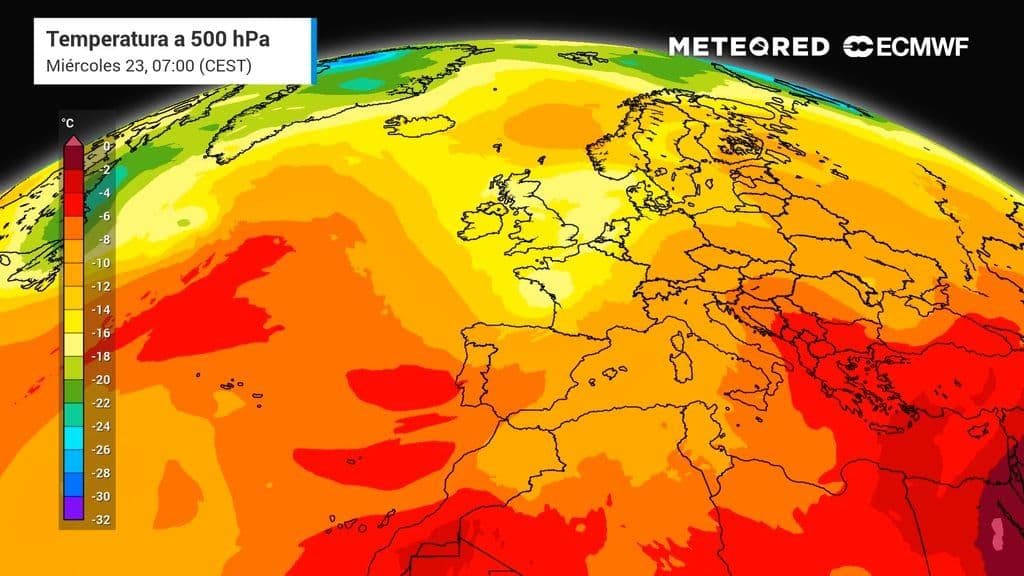
Beyond the Rain: Ecosystem Responses and Societal Implications
The vaguada, while often synonymous with summer rain, casts a much wider net of influence, touching everything from fragile ecosystems to the daily lives of Spaniards. For parched landscapes, especially those prone to drought, the rainfall brought by a vaguada can be a vital lifeline, replenishing reservoirs and supporting agricultural cycles. This provides a crucial 'partial truce' from the intense summer heat, benefiting both natural habitats and human well-being. However, the coin has another side: the very intensity of these storms, particularly in the , can unleash flash floods, cause soil erosion, and wreak havoc on infrastructure, from roads to power grids. Hail, a common companion to these vigorous troughs, can devastate crops, impacting farmers significantly.
Societally, the vaguada introduces a layer of unpredictability. While it might offer a welcome respite for residents from scorching temperatures, it can disrupt tourism, a cornerstone of the economy, as outdoor activities become hazardous. Public safety agencies are constantly on alert, issuing warnings for severe weather phenomena like torrential downpours or gales. The economic and social implications extend far beyond mere rainfall figures, encompassing agricultural resilience, urban planning challenges, and the need for robust emergency preparedness in the face of nature’s sudden shifts.
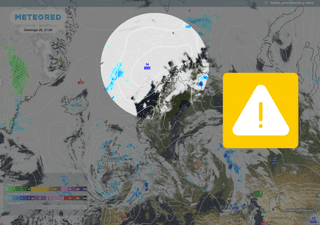
Navigating Tomorrow's Skies: Adapting to Evolving Summer Weather Patterns
As climate continues to evolve, understanding and adapting to phenomena like the vaguada becomes increasingly critical. The recent past has shown summers marked by periods of intense heat punctuated by sudden, sometimes violent, meteorological shifts – a pattern described by meteorologists as the weather becoming 'unhinged.' This increased variability, with heatwaves potentially growing more intense in the long term, as studies suggest for cities like , underscores the pressing need for advanced meteorological understanding and proactive adaptation.
Navigating tomorrow's skies demands a multi-faceted approach. For individuals, this means embracing modern weather forecasting tools, configuring alerts, and understanding localized risks to plan activities safely. For communities and sectors, it involves building greater resilience: developing drought-resistant agricultural practices, investing in urban infrastructure capable of handling intense downpours, and strengthening emergency response systems. The ongoing 'uncertainty' in forecasting complex phenomena like the vaguada and its interaction with other systems, such as (isolated upper-level lows), highlights the continuous need for scientific research and improved climate modeling. By deepening our knowledge and fostering adaptive strategies, can better prepare for and live with the unpredictable, yet vital, hand of the vaguada in its ever-changing summer climate.
Related Articles

The Iberian Weather Paradox: Navigating Spain's Temperamental Summer

The Iberian Weather Paradox: Navigating Spain's Temperamental Summer
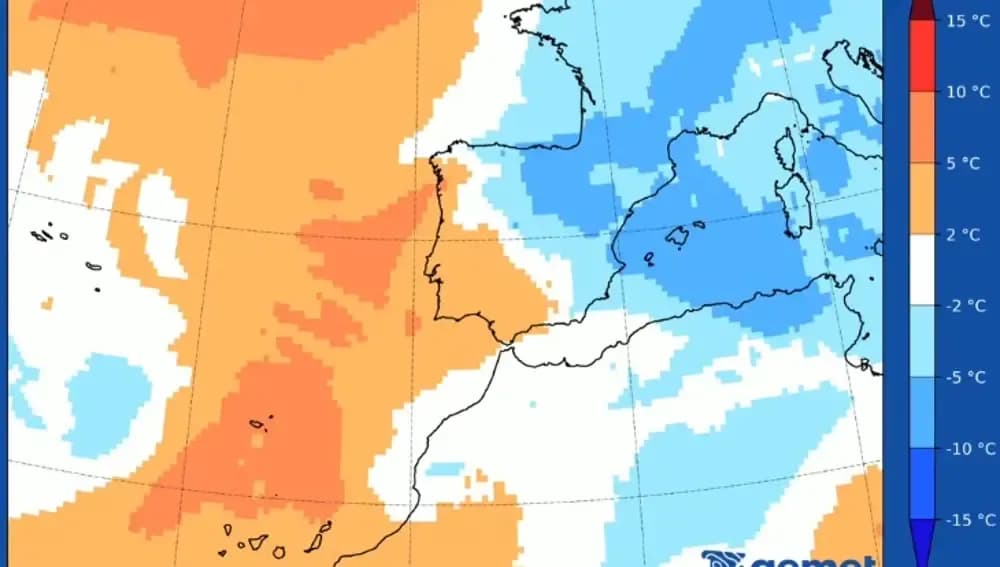
Spain's Summer Plot Twist: How Rains Are Rewriting July's Narrative

Spain's Summer Plot Twist: How Rains Are Rewriting July's Narrative
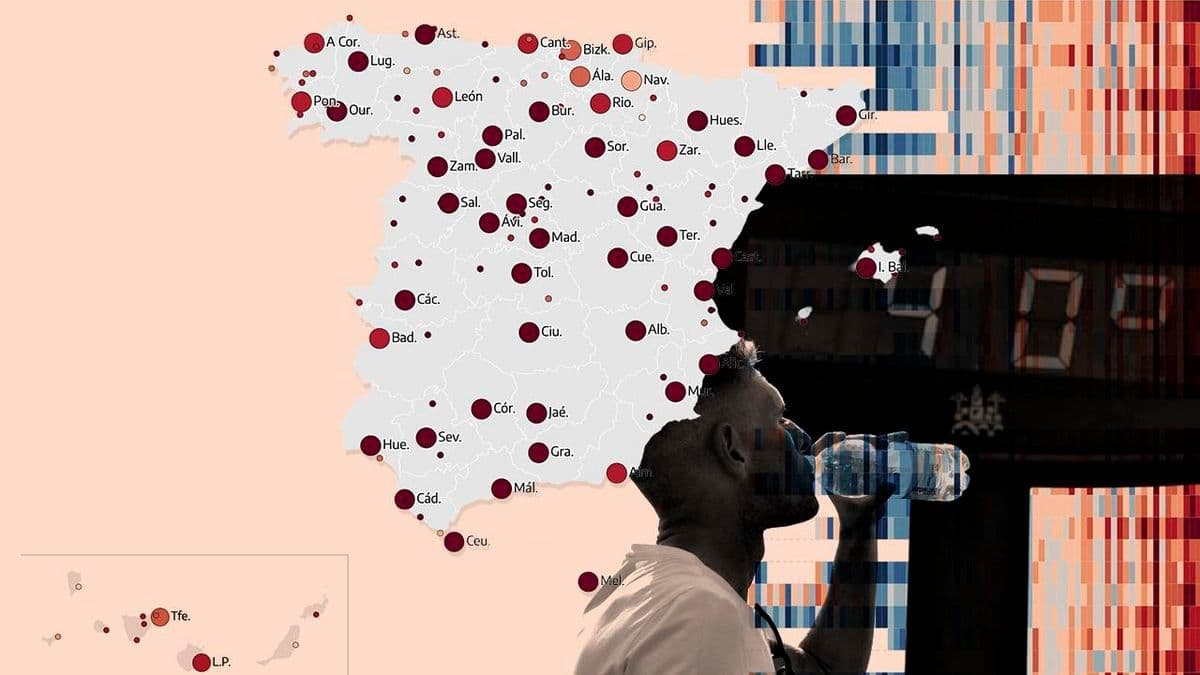
Spain's Climate Conundrum: Unpacking the Volatile Dance of Extreme Temperatures

Spain's Climate Conundrum: Unpacking the Volatile Dance of Extreme Temperatures
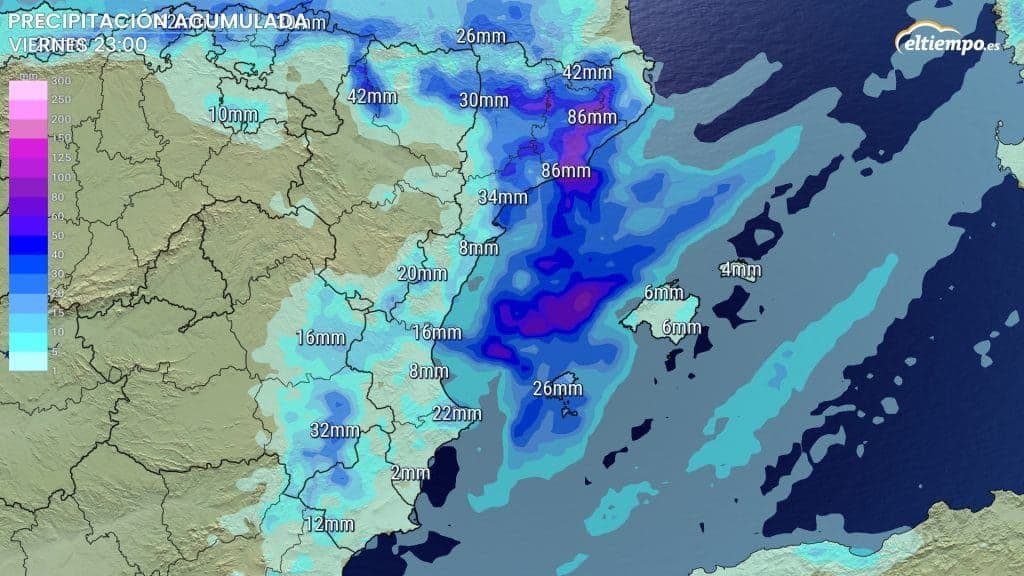
July's Temperamental Turn: Navigating Spain's Unexpected Mediterranean Downpour
